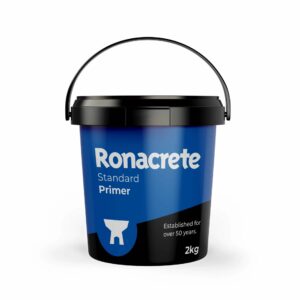£47.00
Ronabond HB40 High Build Concrete Repair is used for repairing concrete on vertical and overhead surfaces where ease of application is as important as strength.
RonaBond HB40 can be applied in relatively thick section to walls and soffits and, depending on the nature of the repair, in layers up to 75mm depending on size and orientation.
Ronabond HB40 High Build can be used in most weather conditions and in a wide temperature range;
from +5°C to 25°C and above.
At high ambient and material temperature the working time of the mix will be reduced;
it will be increased at lower temperatures.
Not quite what you’re looking for? Further information can be found on our Help and News pages . Browse more of our Ronacrete range.
